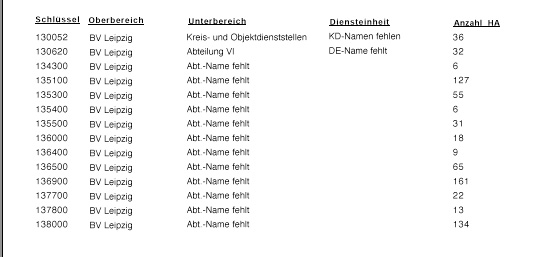


4.8 IM candidates and probationary IMs ( IM-Kandidat/IM-Vorlauf)īefore 1968 the term "Secret Informer" ( "Geheimer Informator") was used.The network of secret informers, commonly known in German sources by the initials IM, was one of the most important instruments of repression and also one of the most critical pillars of power supporting the one party dictatorship that ran the country. The terms "Informal Collaborator" "Inoffizieller Mitarbeiter" and, before 1968, "Secret Informer" ( "Geheimer Informator") were terms chosen carefully by the Stasi in order to distance their operations from the police vocabulary used under the previous regime, and, in particular, to avoid association with the older term used for an informant, "V-Mann" ( "Vertrauensmann)"". ĭuring the course of German reunification the Stasi archives were opened up: the identities of numerous IMs came to light, which opened the way for several human tragedies.

At the same time many friendships, partnerships and marriages broke apart after previously concealed spying activities became known to both parties. Since the changes of 1989/90, IM and the other terms here have sometimes also been used for informers who worked for Intelligence organisations other than the Stasi. The number of Informal Collaborators (IMs) rose steeply in the years following the 1953 uprising to peak in 1962 at 108,400, before falling back for a few years. The all-time peak, of 203,000, was reached in 1977. By the time the regime collapsed the "IM headcount" number had stabilised at, on these figures, around 175,000.

The Stasi network of Informal Collaborators (IMs) covered all sections of the population in the Democratic Republic. The network provided crucial support to the country's elaborate surveillance system, and it made possible the monitoring of groups to which an identifiable Stasi officer could never have gained more direct access. There were IMs in many dissident groups and organisations, notably in artistic and church circles, so that the state was informed in particular detail about individuals defined in the official Stasi jargon as "enemy-negative persons" ( "feindlich-negativer Personen")ĭuring its lifetime the Stasi employed around 624,000 Informal collaborators.


 0 kommentar(er)
0 kommentar(er)
